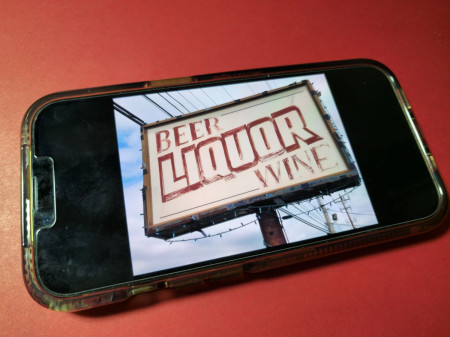Smartphones and Smart Speakers May Be Able to Detect Alcohol Intoxication by Analyzing Voice Patterns: Study

PISCATAWAY, N.J., November 9, 2023 (Newswire.com) - Sensors in smartphones and smart speakers could help determine a person’s level of alcohol intoxication based on the changes in their voice, according to a new study in the Journal of Studies on Alcohol and Drugs.
Researchers at Stanford Medicine and the University of Toronto conducted a small study of 18 adults ages 21 and up. Participants were given a weight-based dose of alcohol and randomly assigned a series of tongue twisters—one before drinking, and one each hour up to seven hours after drinking.
The participants were asked to read the tongue twister aloud, and a smartphone was placed on a table within 1 to 2 feet to record their voices. Researchers also measured their breath alcohol concentration at the beginning of the study and every 30 minutes for up to seven hours. They used digital programs to isolate the speaker’s voices, broke them into one-second increments, and analyzed measures such as frequency and pitch.
When checked against breath alcohol results, changes in the participants’ voice patterns as the experiment went on predicted alcohol intoxication with 98% accuracy.
“The accuracy of our model genuinely took me by surprise,” says lead researcher Brian Suffoletto, M.D., associate professor of emergency medicine at Stanford. “While we aren’t pioneers in highlighting the changes in speech characteristics during alcohol intoxication, I firmly believe our superior accuracy stems from our application of cutting-edge advancements in signal processing, acoustic analysis, and machine learning.”
Dr. Suffoletto says the goal of such analysis is to deliver “just-in-time interventions” to prevent injury and death resulting from motor vehicle or other accidents. The best intervention tool would be easy to use and readily available—and the near-ubiquitous nature of smartphones and smart speakers make them an obvious tool for helping alert people that they’ve become intoxicated.
“While one solution could be to frequently check in with someone to gauge their alcohol consumption, doing so could backfire by being annoying (at best) or by prompting drinking (at worst),” he says. “So, imagine if we had a tool capable of passively sampling data from an individual as they went about their daily routines and surveil for changes that could indicate a drinking episode to know when they need help.”
Dr. Suffoletto predicts that surveillance tools may eventually combine several sensors—for example, gait, voice, and texting behavior.
The ultimate goal is to develop an intervention system that people are willing to use and can help prevent injuries and save lives.
“Timing is paramount when targeting the optimal moment for receptivity and the relevance of real-time support,” he says. “For instance, as someone initiates drinking, a reminder of their consumption limits can be impactful. However, once they’re significantly intoxicated, the efficacy of such interventions diminishes.”
Source: Journal of Studies on Alcohol and Drugs
